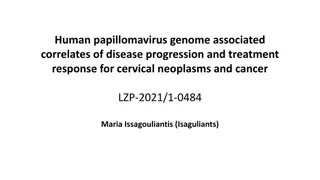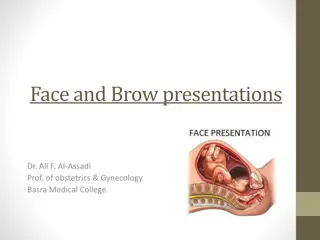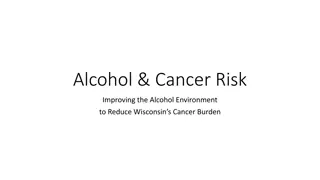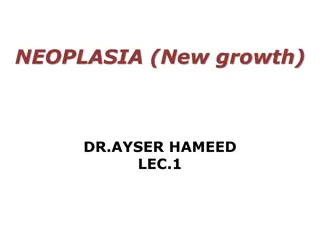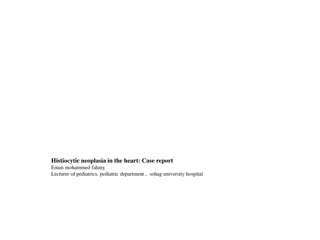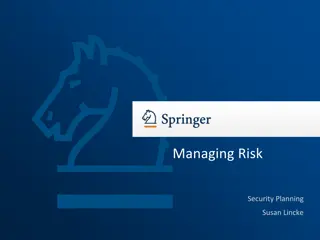Risk Factors and Diagnosis of Vaginal Intraepithelial Neoplasia
Risk factors for vaginal intraepithelial neoplasia (VAIN) include smoking, immunosuppression, organ transplantation, and HIV infection. Diagnosis involves careful inspection, Pap smears, colposcopic examination, and biopsy. Management may include local excision and total vaginectomy.
Download Presentation

Please find below an Image/Link to download the presentation.
The content on the website is provided AS IS for your information and personal use only. It may not be sold, licensed, or shared on other websites without obtaining consent from the author.If you encounter any issues during the download, it is possible that the publisher has removed the file from their server.
You are allowed to download the files provided on this website for personal or commercial use, subject to the condition that they are used lawfully. All files are the property of their respective owners.
The content on the website is provided AS IS for your information and personal use only. It may not be sold, licensed, or shared on other websites without obtaining consent from the author.
E N D
Presentation Transcript
VAIN www.zohrehyousefi.com 2
Major risk factors: smoking immunosuppression organ transplantation HIV infectionCigarette smoking, nutritional deficiency, poor personal hygiene, granulomatous vulvar diseases, systemic immune suppression HIV www.zohrehyousefi.com 3
VAIN tends to be multifocal Diagnosis: Four walls from the apex to the introitus as sequential steps sterilized skin-hook for traction at the biopsy site. Small skin hooks and dental mirrors www.zohrehyousefi.com 4
Diagnosis: careful inspection handheld magnifying glass Vaginal biopsy www.zohrehyousefi.com 5
Diagnosis: Pap smears from different locations in the vagina Lugol solution may be helpful in delineating lesions Colposcopic examination of the vagina www.zohrehyousefi.com 6
postmenopausal , local use of estrogen creams for several weeks www.zohrehyousefi.com 7
1. Indications for Vaginal Colposcopy 2. Abnormal cytology after apparently successful treatment of CIN 3. Abnormal vaginal vault cytology post hysterectomy 4. Abnormal cytology al the presence of colposcopically normal cervix, particularly if colposcopy is satisfactory 5. Confirmed high-grade CIN in an immunosuppressed patient www.zohrehyousefi.com 8
1. Confirmed diagnosis of high-grade vulvar intraepithelial neoplasia 2. Abnormal gross vaginal examination 3. Diagnosis and treatment of multicentric human papillomavirus infection, particularly if recalcitrant to conservative treatment 4. CIN www.zohrehyousefi.com 9
VAIN pathology Management: Local excision upper colpectomy Total vaginectomy www.zohrehyousefi.com 10
VAIN pathology outpatient modalities Cryosurgery (5-FU) cream chemoinflammation and chemoulceration Every night for 5 8 days, followed by a 10- day to 2-week cavitational ultrasonic surgical aspirator www.zohrehyousefi.com 11
imiquimod cream once weekly for 3 weeks.. antiviral and antitumor www.zohrehyousefi.com 12



